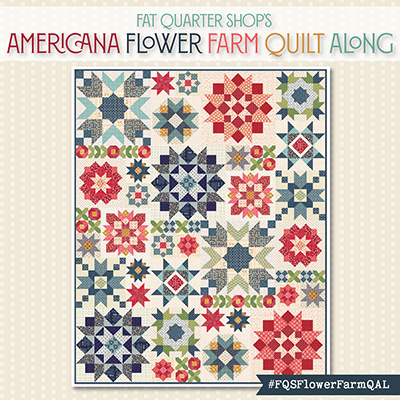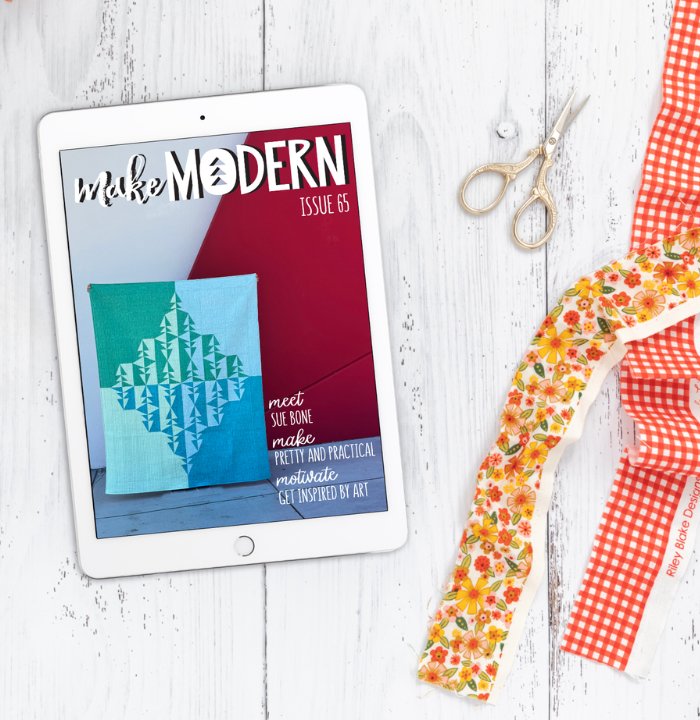What do you do when your pile of scrap batting has outgrown its dedicated space??

First off, I store it on top of my sewing cabinet, so from the beginning they are an eyesore. That’s because my cat loved batting if it was anywhere she could get to (soooo sad she recently passed away), she would claim it as her own, making it totally useless. My solution was to find the highest place possible. I did ration her pieces of batting so that she could knead her claws into them and roll around in. However I have always hoarded the larger pieces for a rainy day.
In the past, I have cut them up, making them into quilt sandwiches to practice free motion quilting. Currently, I have plenty of quilt sandwiches. But I needed to put a serious dent in my stack of scrap batting. Because of this, I am working on a series of posts about how to use up scrap batting. Today, I decided to make one large piece of batting created by fusing scrap batting together with fusible tape. AKA Frankenstein Batting. LOL. Luckily, last November I purchased a box of Quilters Dream Cotton. I selected a variety of sizes but they all had the same loft. That is the key for making a scrappy batting for a quilt, all of the lofts should be same (or very close).

Making scrap batting is very easy. I used my ironing board because I am not a fan of working on the floor. Plus it is convenient to be able to iron the fusible tape after you have made your cut.
How to make scrap batting
Note: The amount of scraps will depend on your quilt size and the size of your scraps. Because of all of the variables, there is no special formula.
1) Locate two of your scraps. Make sure they will cover either the width or height of your quilt back. I say back because your back should be larger than your top. Your batting should also be larger than your top.
2) Overlap the two pieces of batting by at least three inches. For this project, I started with 5” but that was excessive. I realized I might not have enough of the same batting loft if I continued using this overlap so I cut it down to a 3” overlap. With your fabric scissors, cut the two layers of batting at the same time in a wavy line. The reason why we use a wavy line opposed to a straight line is because you are less likely to see or feel the two pieces coming together if there is not an abrupt edge. Trim and remove the excess.

3) Cut small strips of fusible tape, place them on the cut so they cover both pieces of batting. The rough side is the side with the fusible glue, make sure that is the side touching the batting. Iron them into place. I found that a lower heat setting is better than my normal setting.

4) Carefully fold the batting over and move the batting up so you are able to continue the process of overlapping the batting by 3”, cutting a wave of the two layers of batting and then fusing the two pieces together.
5) Turn that batting over and add a few pieces of fusible tape to that back of the batting seams.
6) Repeat this process until you have a large enough piece of batting to cover the quilt top with at least an extra 3” of batting around all sides of the quilt. I am not sure how this would work for on a longarm machine. When I try it, I will update this post; however if you try it before me, I would recommend a lot of tape covering the cut. Even a few pieces on the back of the batting for extra security.

I fused four pieces together. For the first cut I used a lot of tape on the top, basically covering the full seam and adding few pieces on the back. On the second cut, I used less tape than the first but still a lot of tape. I was running a little low on the last cut so there are many gaps between the tape on the last cut. Because I am testing this process out I decided to just go with it to see what happens.


Conclusion: The only downside to using less tape was that I had to focus more attention on getting the batting pieces to meet when spray basting. I was able to work them into place with my hands by simply and gently pushing or pulling on the edges.

I spray basted the quilt as normal and quilted lines. If you would like to see how I spray baste quilts, watch this Youtube video. I made another quilt using this block from the Hearts Aflutter pattern (Click here for the blog post on that quilt).

These quilt blocks were from my quilting bee, Do Good Stitches. It will be donated to Project Linus. Such a wonderful feeling to have this project finally finish. Hopefully it will bring many smiles to a child’s hard journey.












The Comments
Susan
Why do you cut a wavy line rather than a straight line to join the batting?
Elisabeth DeMoo
> SusanGreat question! Thanks for asking. I use wavy lines so it is harder to notice the transition between the two pieces of batting.
Susan
Why do you cut a wavy line rather than a straight line to join the batting?
Susan
Why do you cut a wavy line rather than a straight line to join the batting?